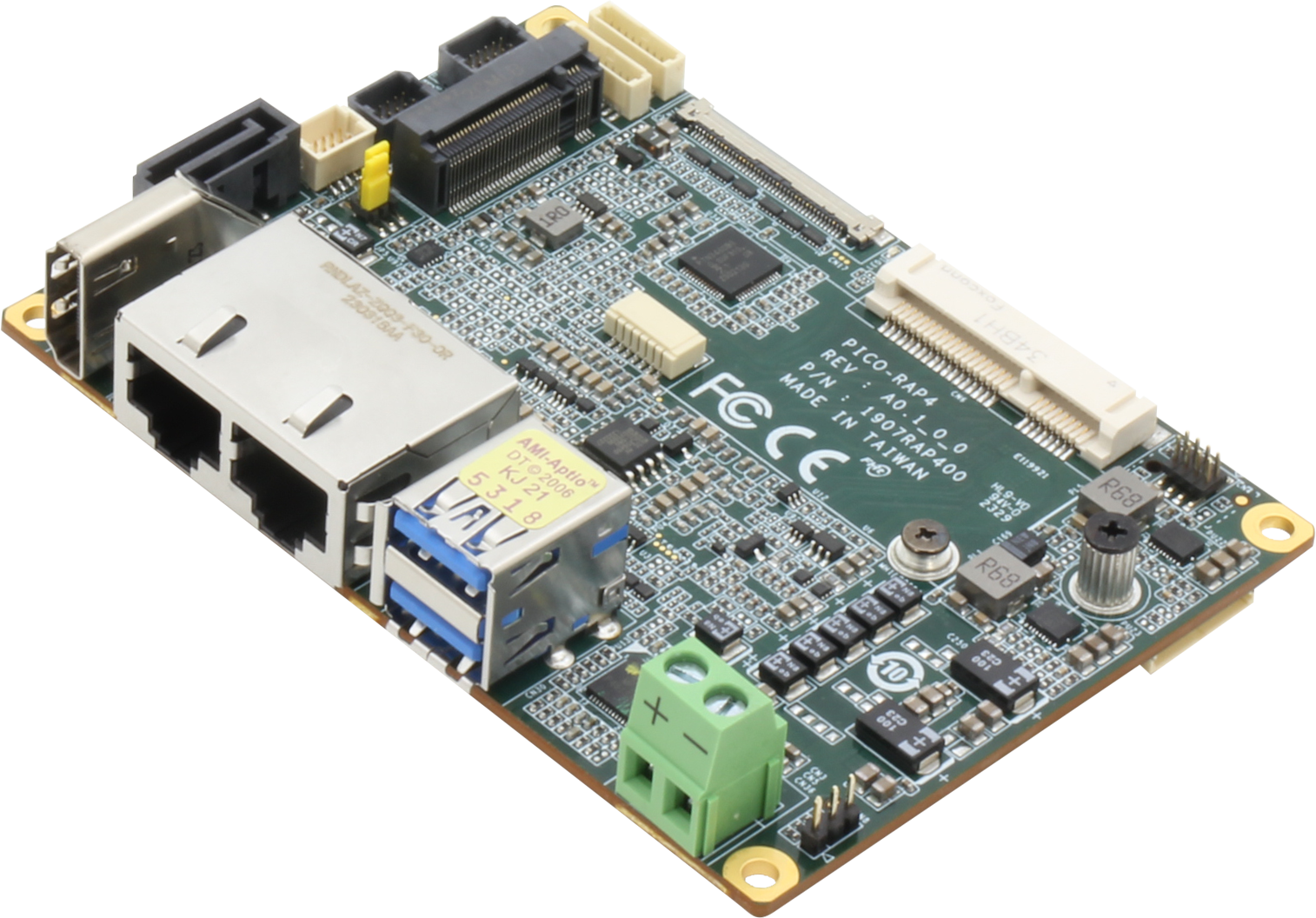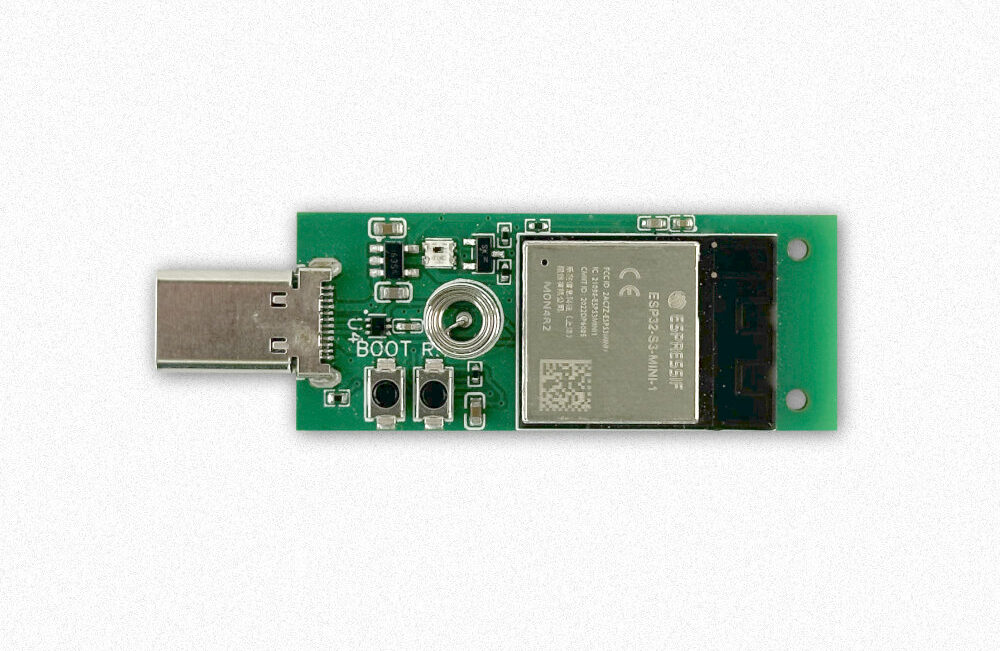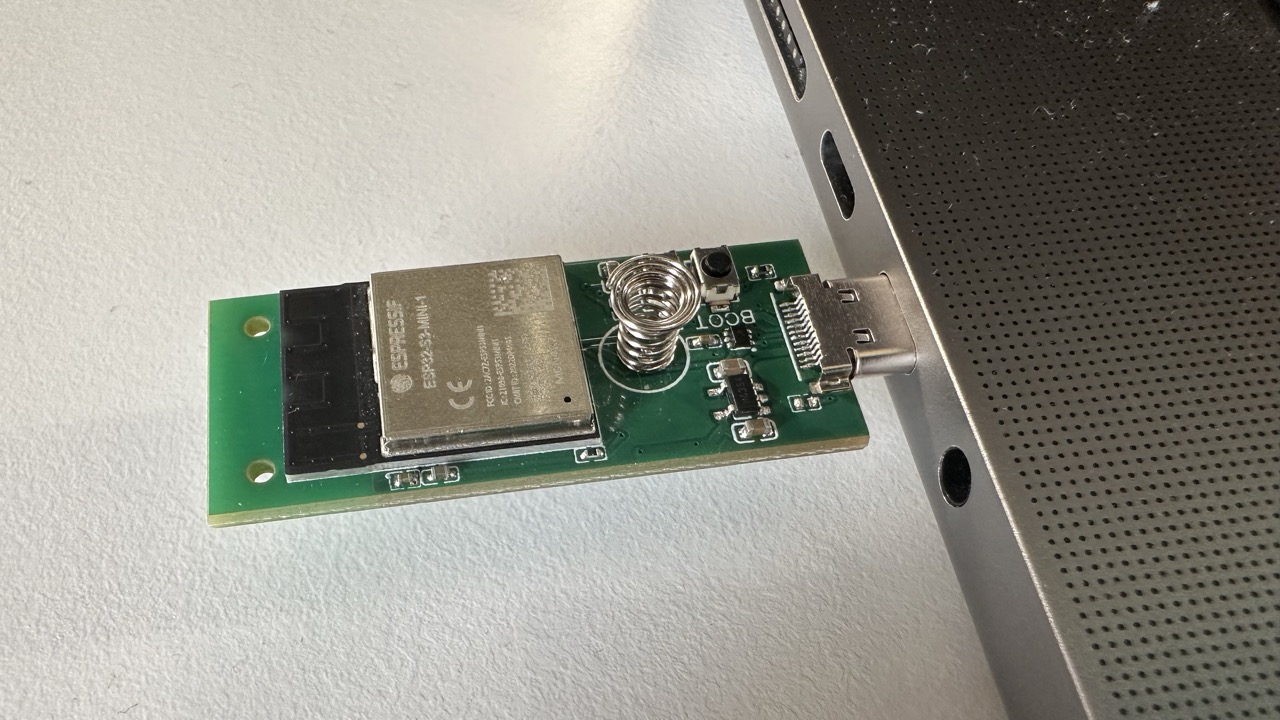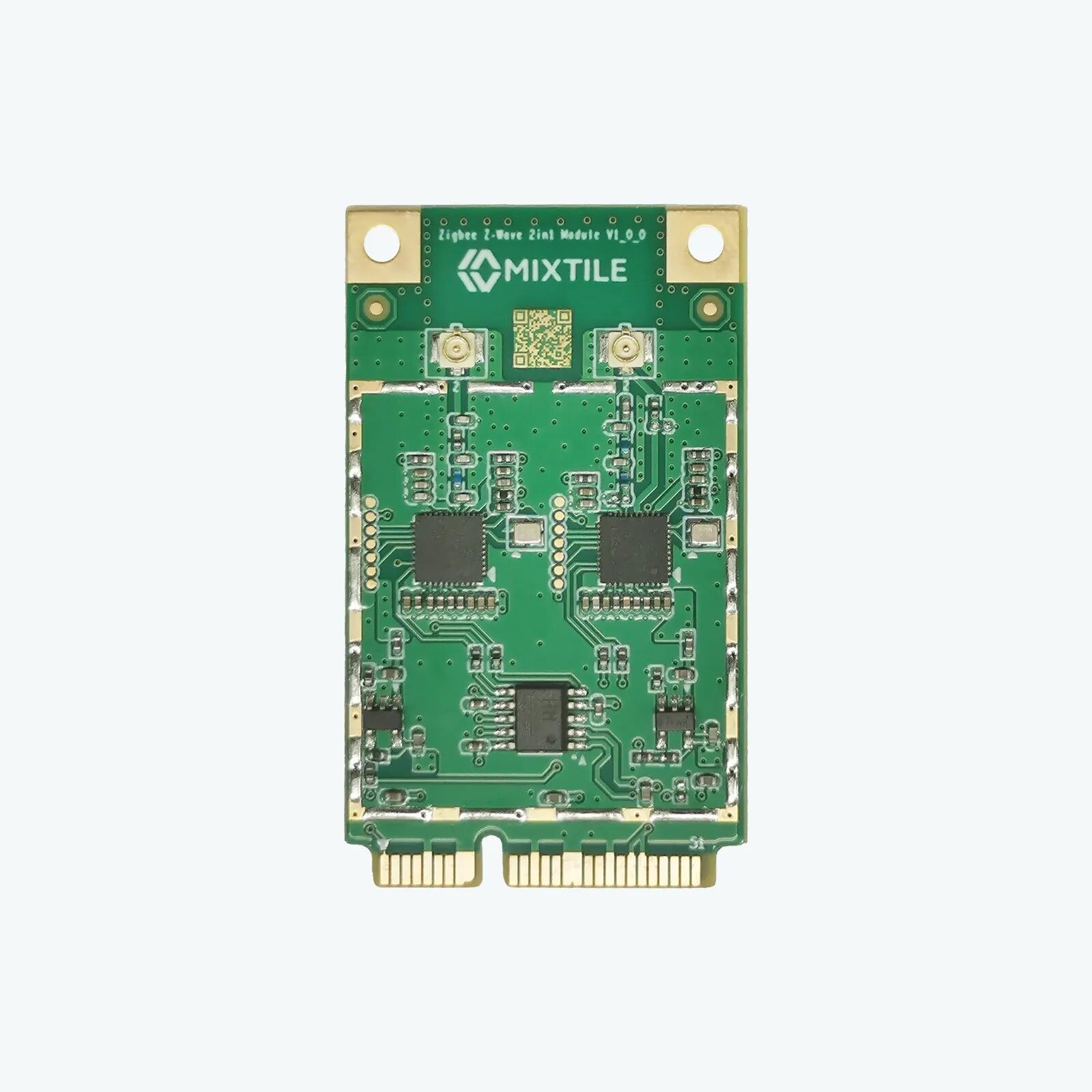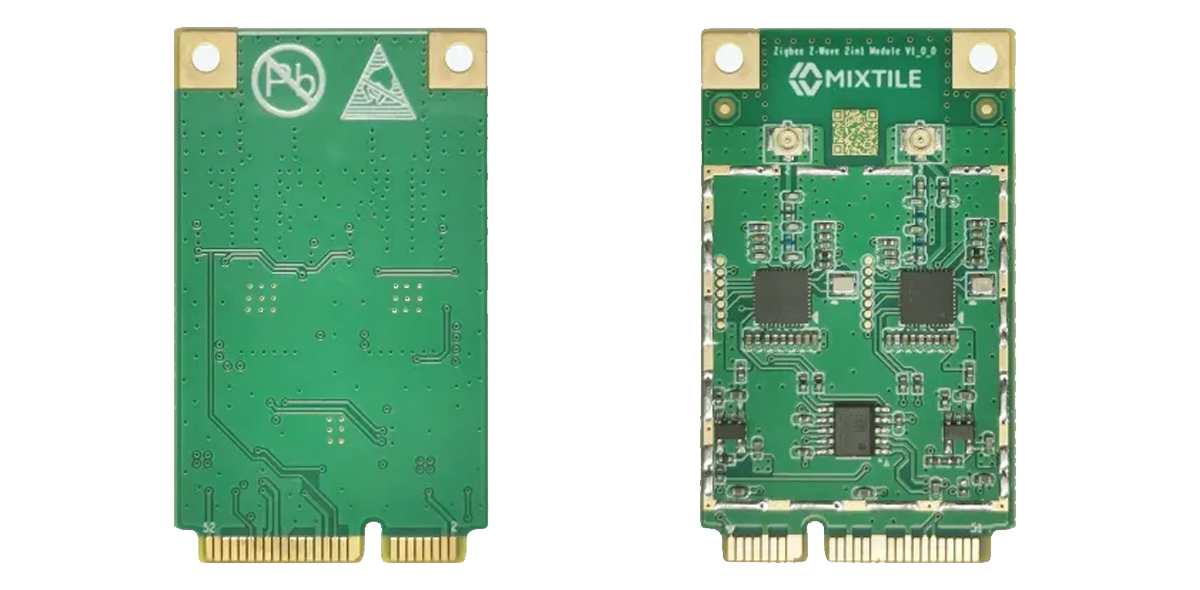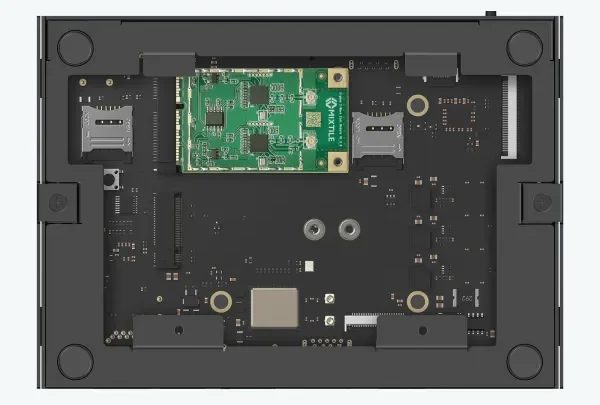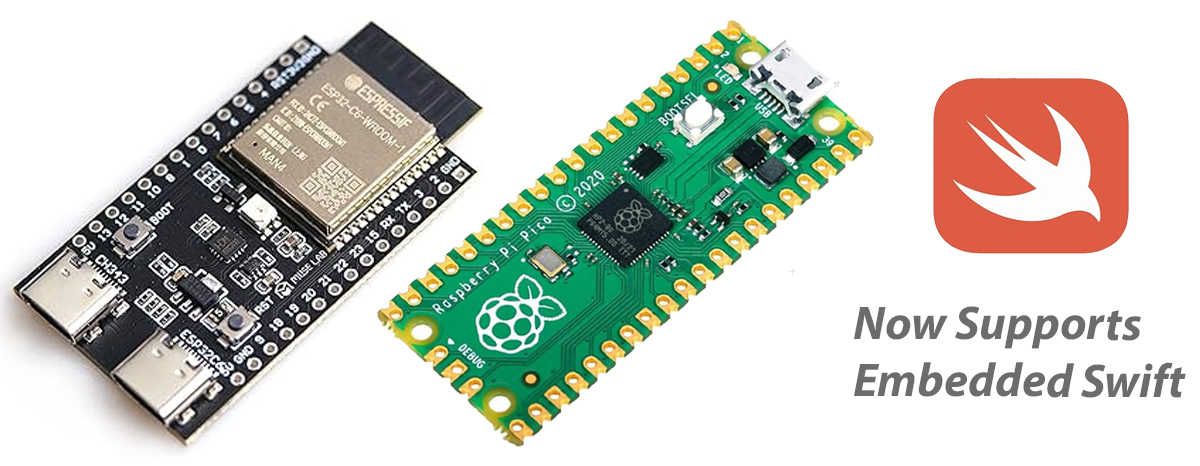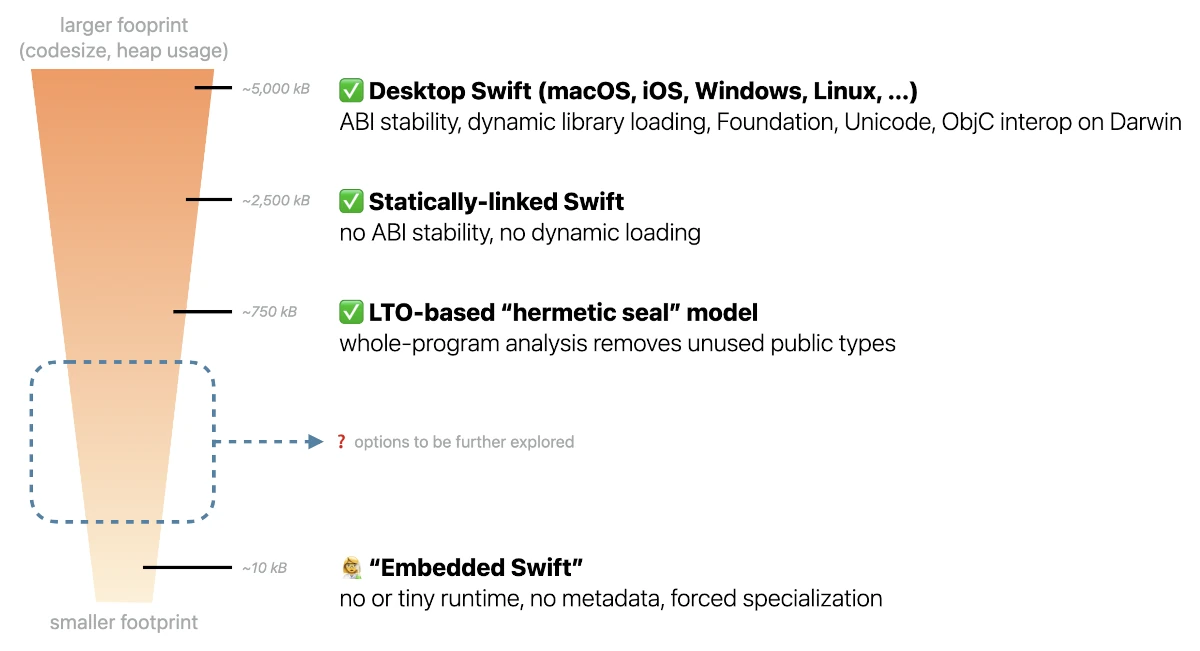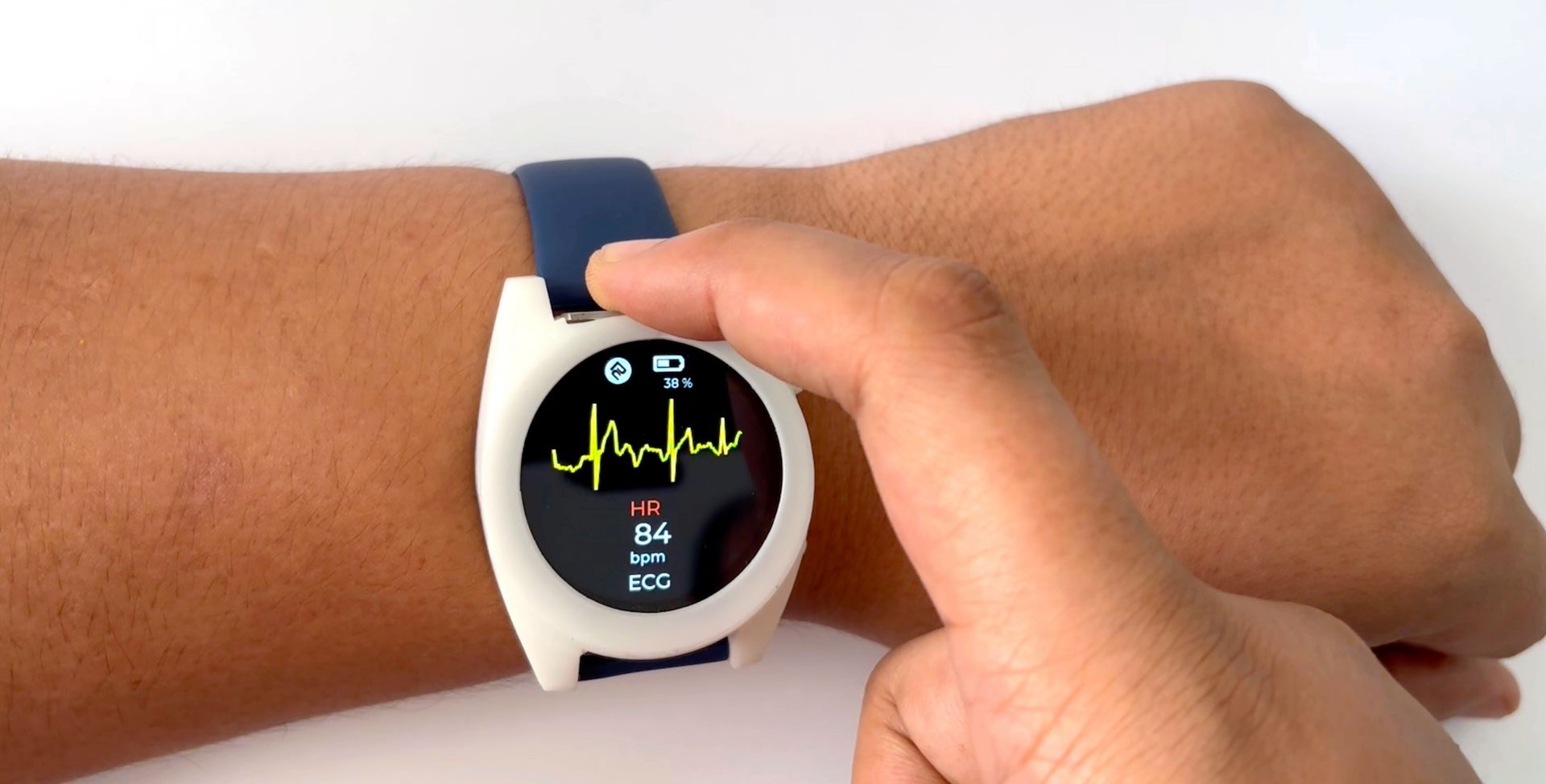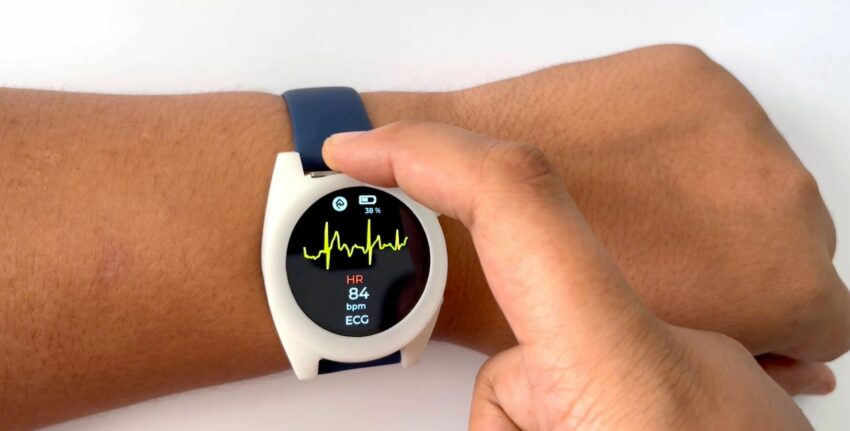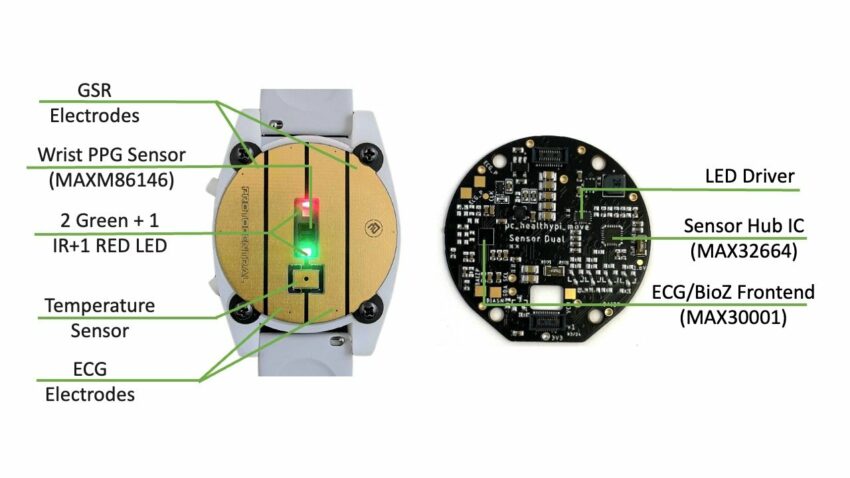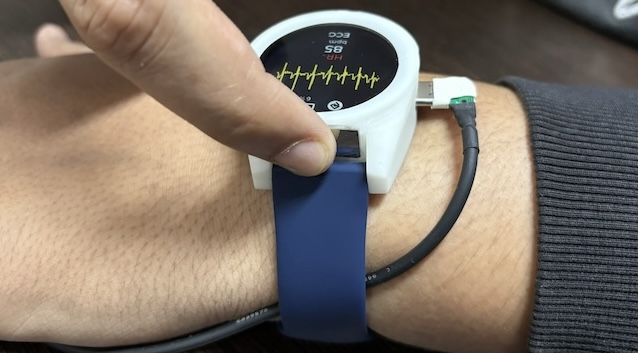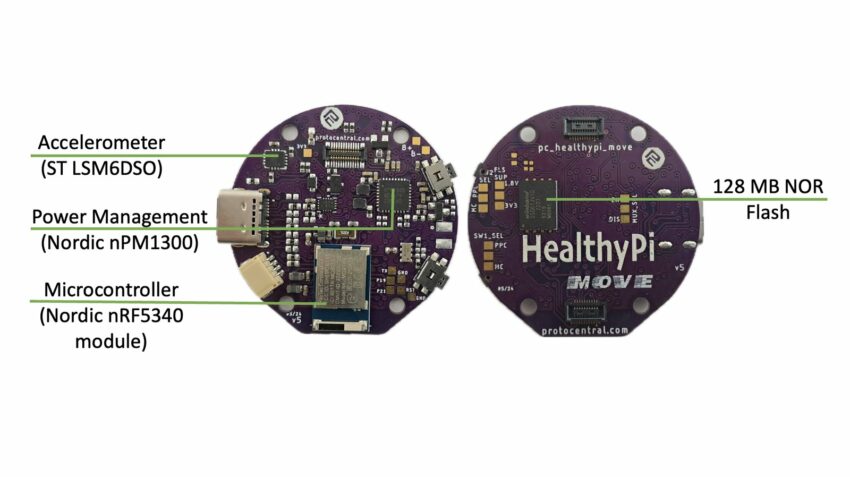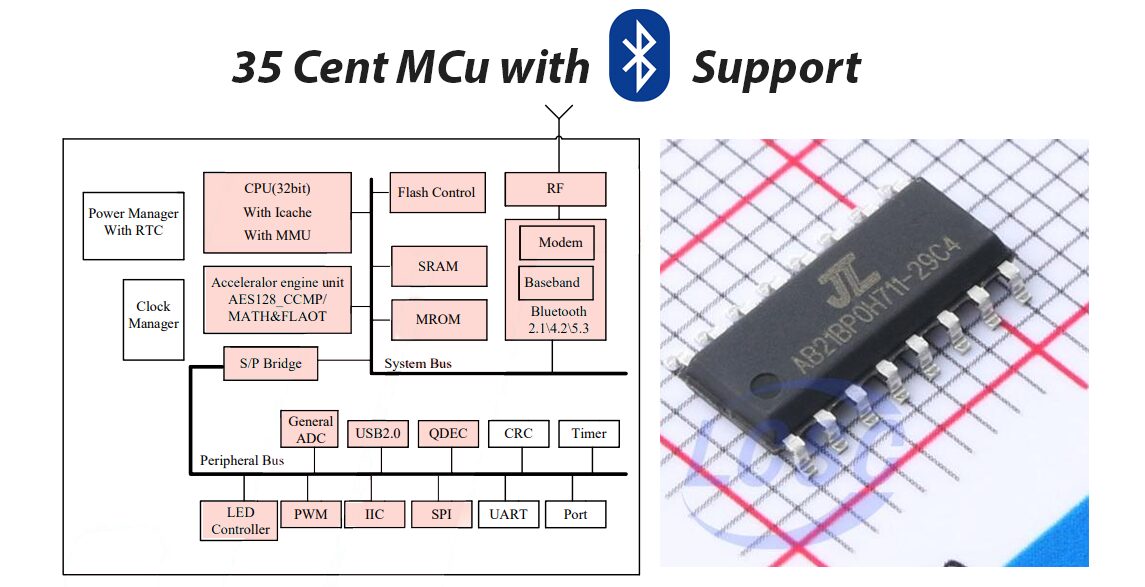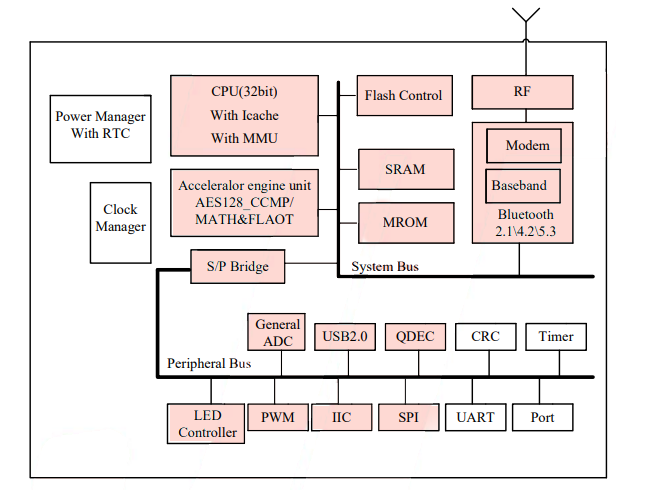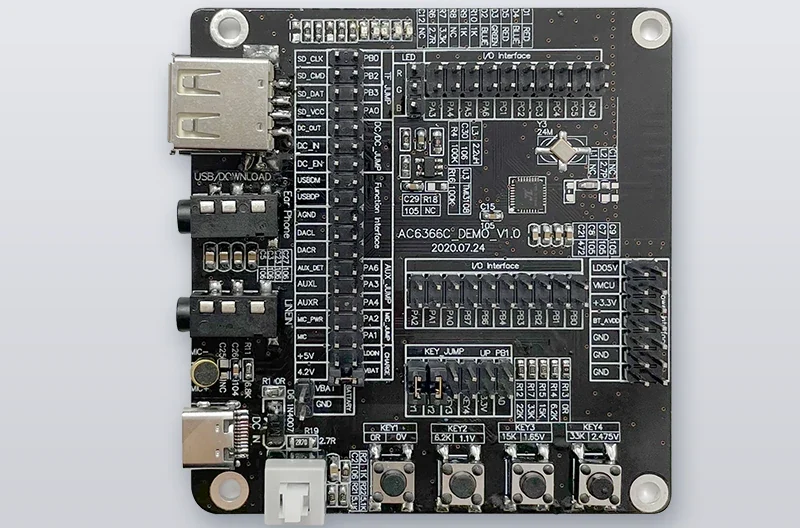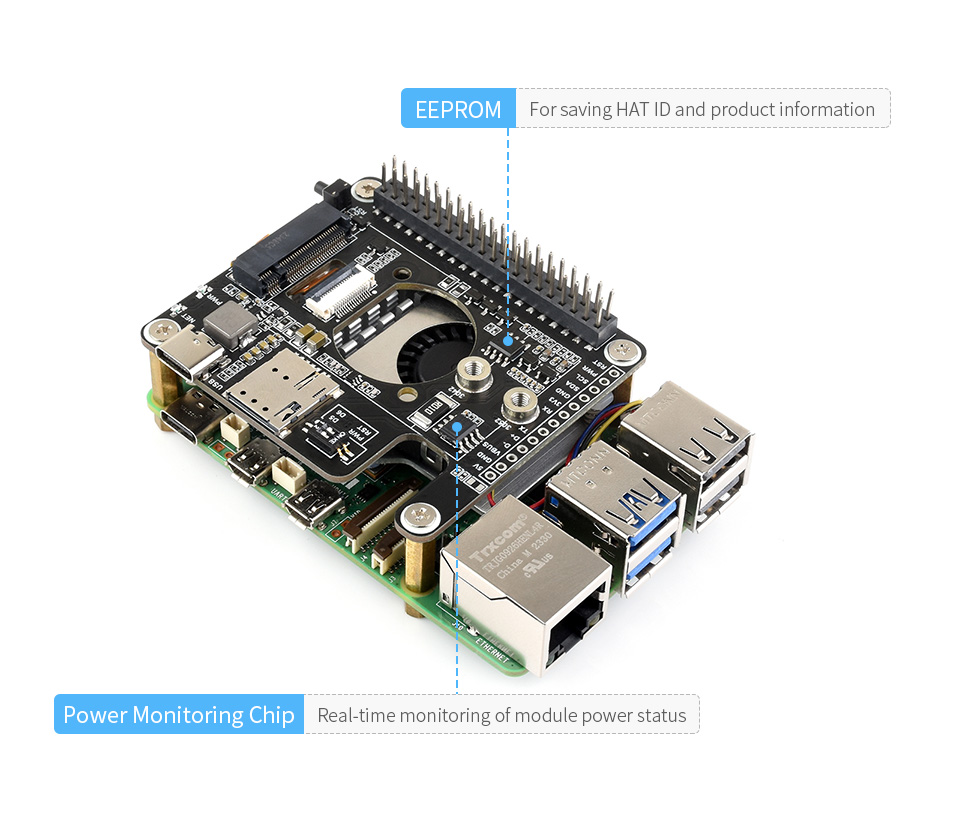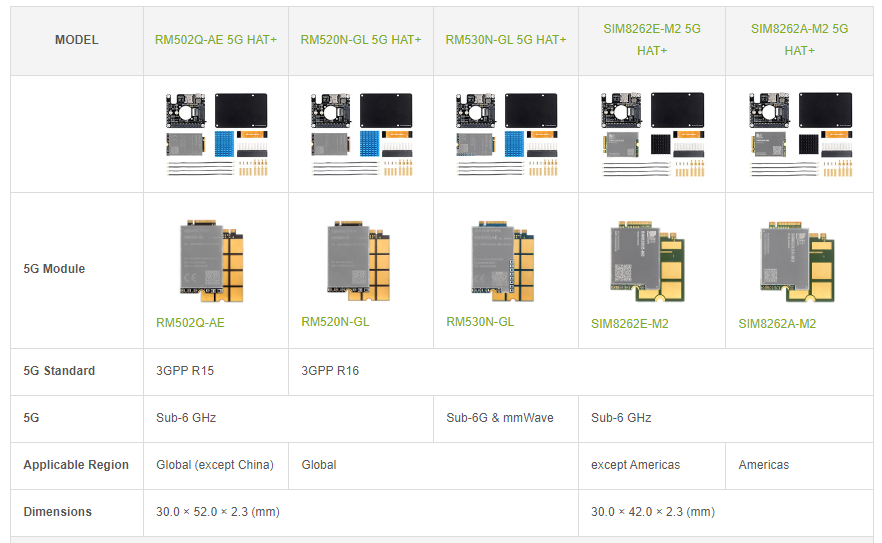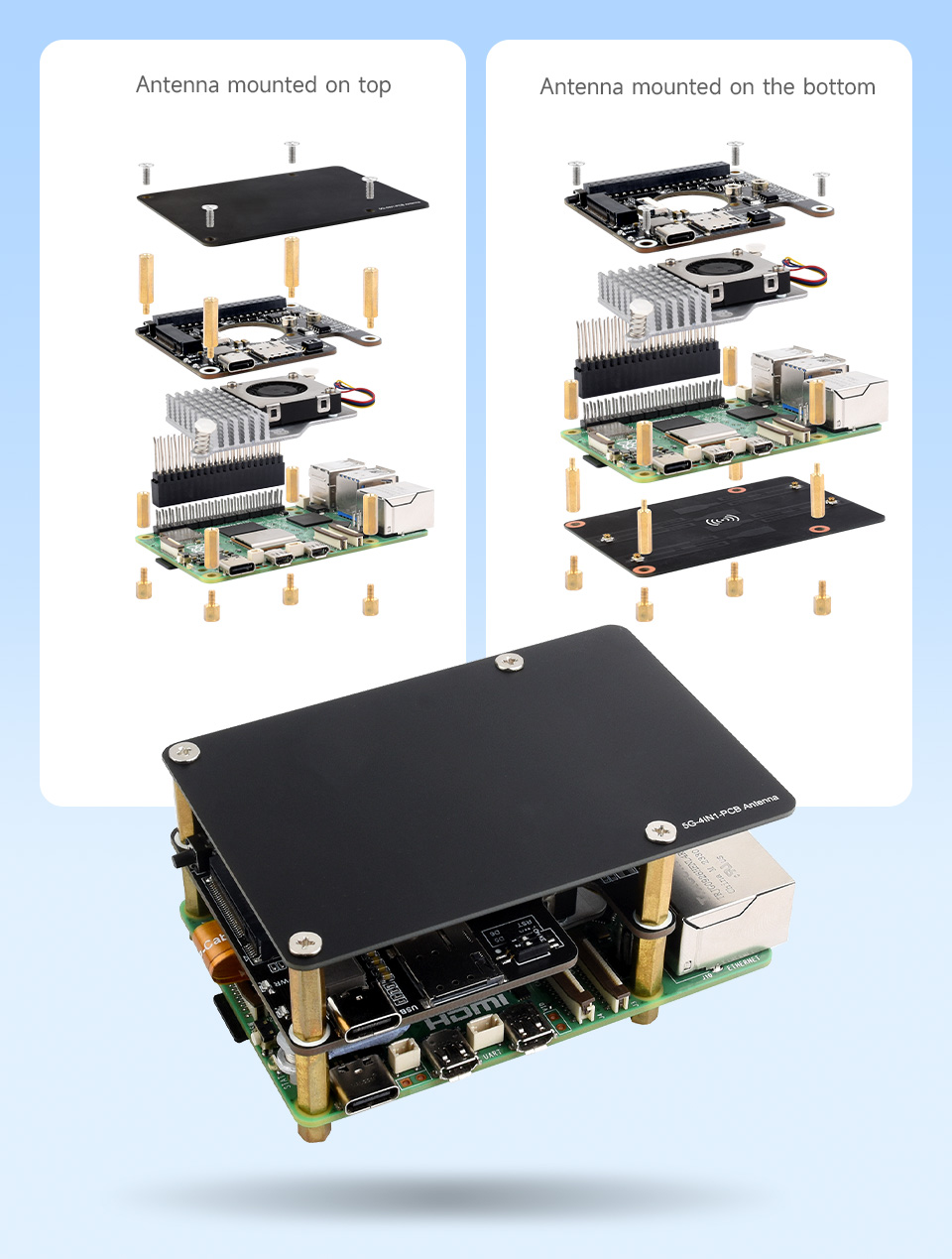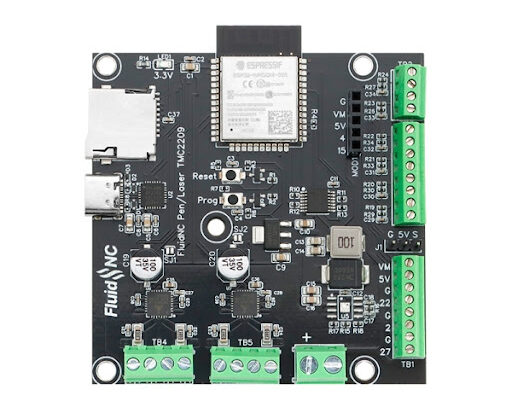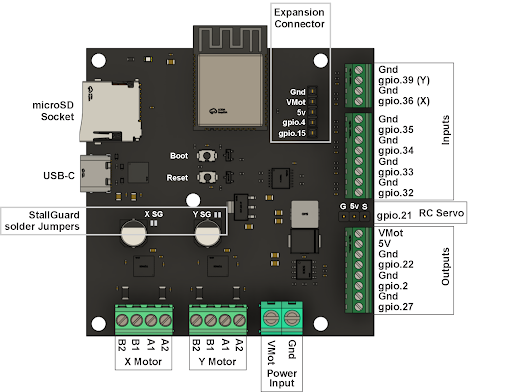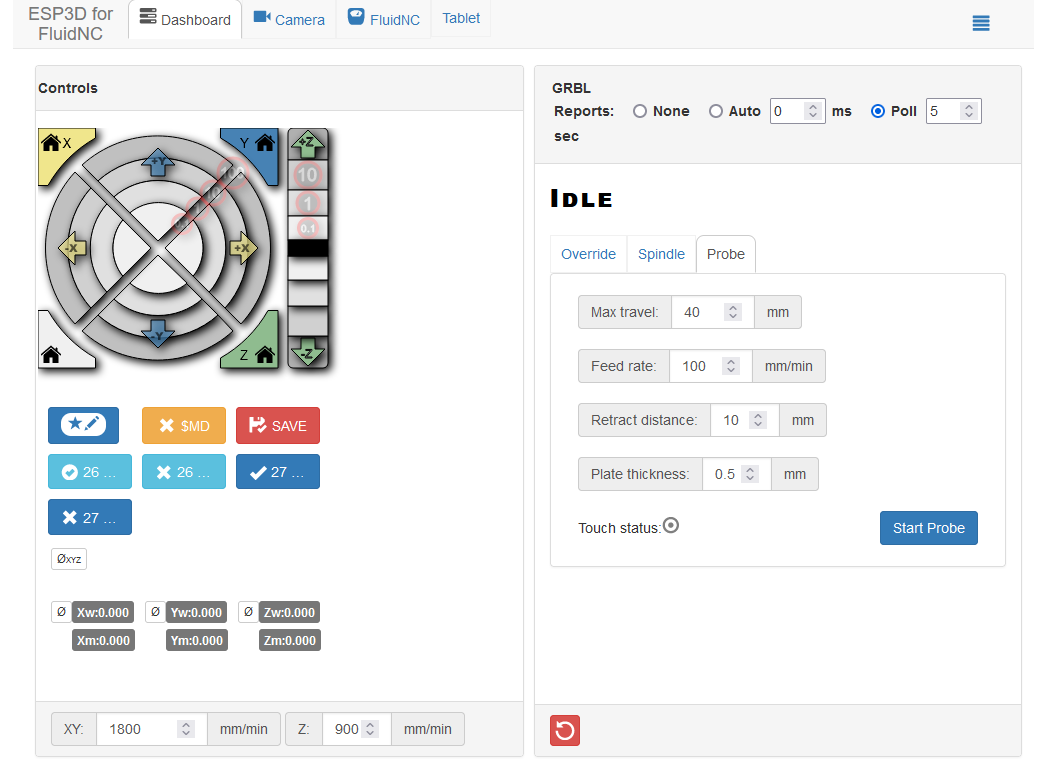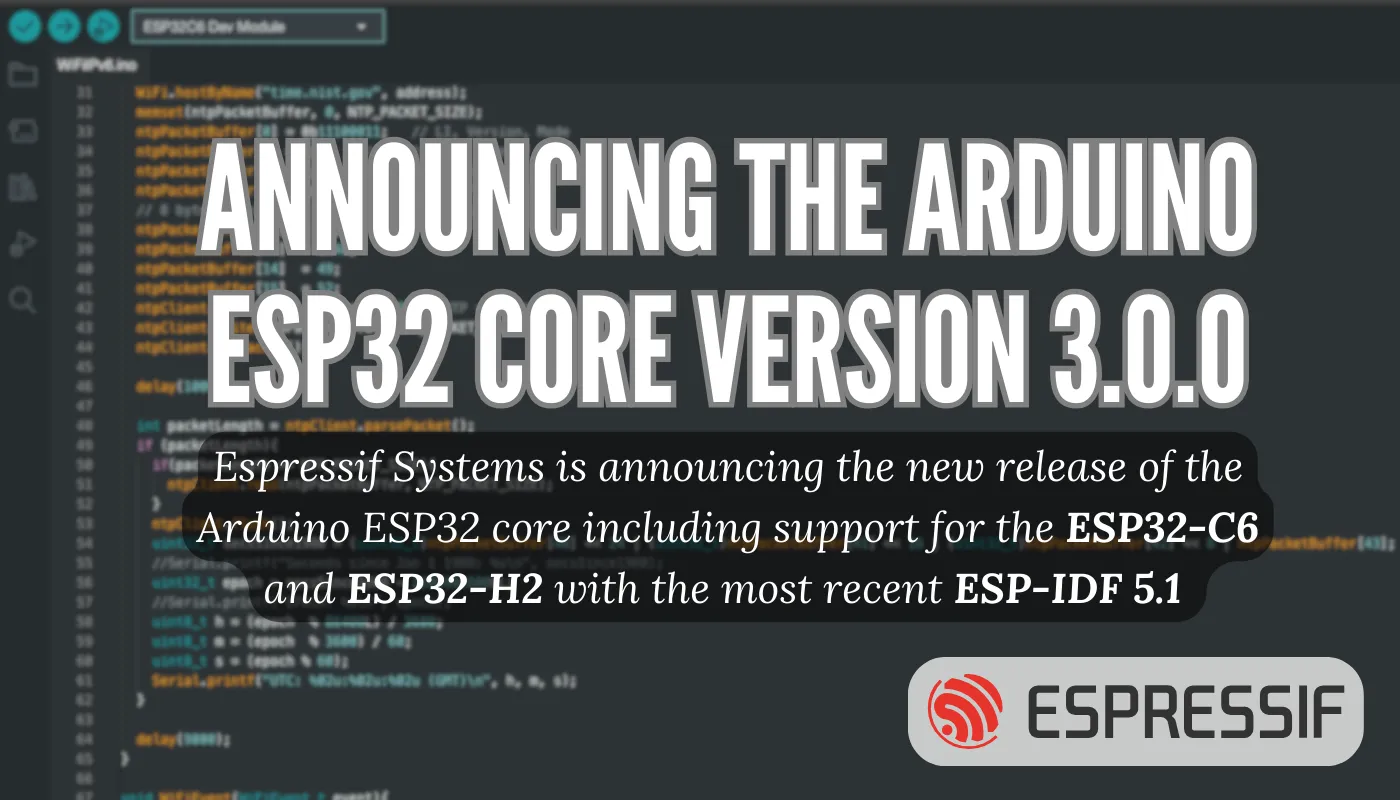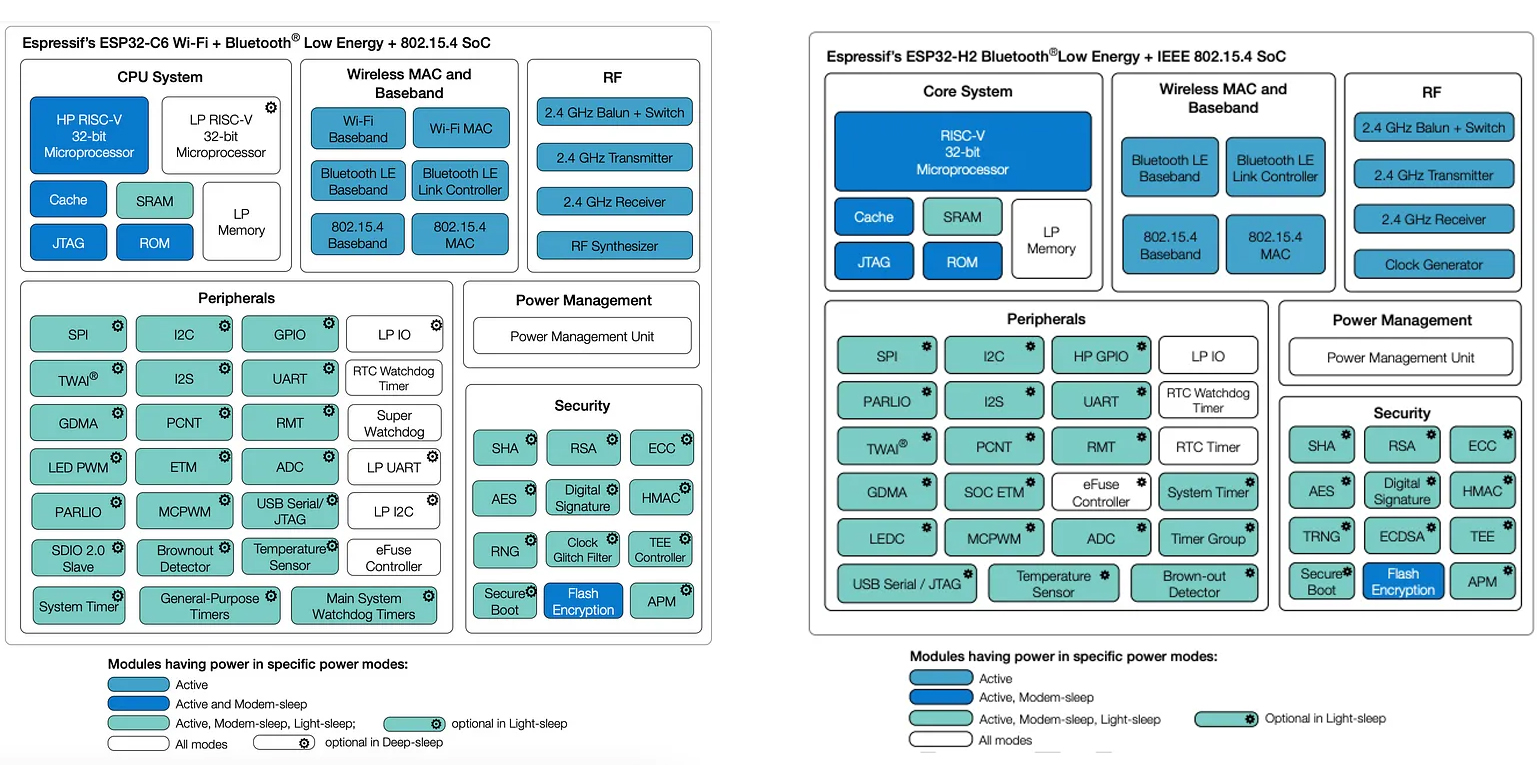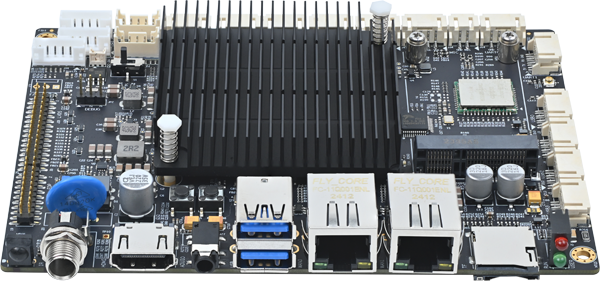
MYIR has launched the MYD-LT527-SX Commercial Display Board, powered by the Allwinner T527 processor. This processor features an Octa-core ARM Cortex-A55 CPU clocked at up to 1.8GHz and a G57 MC1 GPU, and is capable of supporting 4K@30fps H.265 video decoding and 4K@25fps H.264 video encoding.
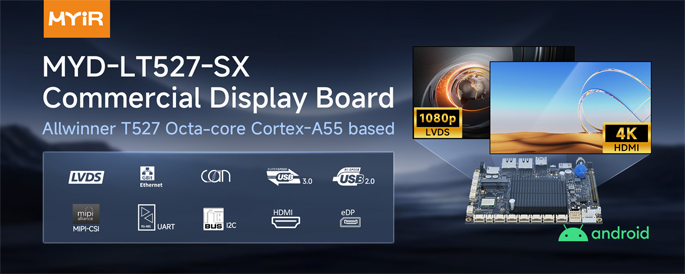
The MYD-LT527-SX is centered around the MYC-LT527 System-On-Module (SOM), which incorporates 2GB of LPDDR4 memory and 16GB of eMMC storage. Pre-configured to run the Android Operating System, it offers an extensive operating temperature range, spanning from -20 to 70 degrees Celsius.
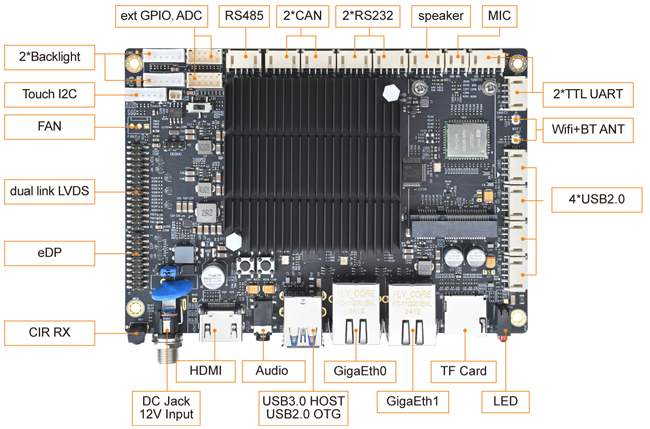
The MYD-LT527-SXexcels in multimedia performance. It provides a comprehensive array of video output interfaces, including HDMI, eDP, MIPI-DSI, and a 1x Dual-LVDS, along with 2x MIPI-CSI video input interfaces, enabling seamless multi-screen displays. Furthermore, it features a diverse range of advanced connectivity options, including dual Gigabit Ethernet, one USB 3.0 and five USB 2.0 ports, two CAN interfaces, a Mini PCIe interface for USB-based 4G/5G modules, a Micro SD card slot, dual RS232 and RS485 interfaces, and an onboard WiFi/Bluetooth module. These features significantly enhance its network and data transfer capabilities.
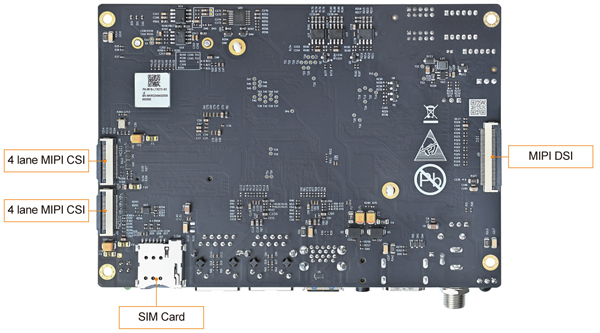
With its robust performance and versatile interfaces, the MYD-LT527-SXis an outstanding choice for applications such as high-performance industrial robots, energy and power systems, medical devices, display control integrated machines, edge intelligent boxes, vehicle terminals, and other embedded devices that require advanced multimedia functionalities.
The MYD-LT527-SX is delivered with a Quick Start Guide and one power plug. MYIR also offers the MY-CAM003M MIPI Camera Module as an add-on option for the board.
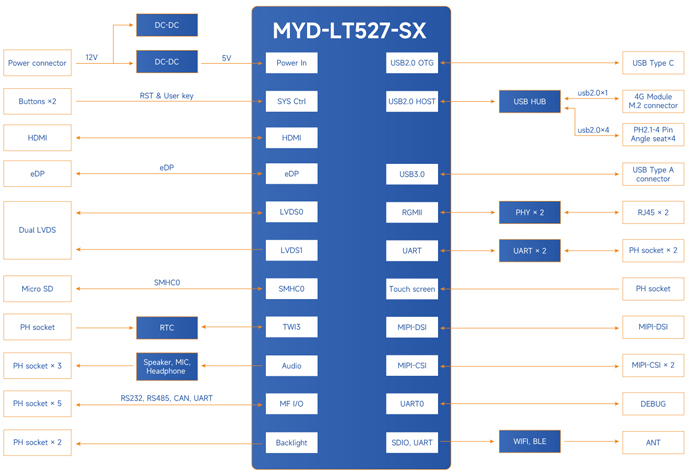
The MYD-LT527-SX is an advanced commercial display solution that caters to your system integration requirements, offering robust performance and functionality, all packed into a sleek and user-friendly design at an affordable price of $95 per unit. Whether you’re using it for high-resolution video playback, data visualization, or any other graphics-intensive task, the MYD-LT527-SX delivers impeccable results.
More information about the MYD-LT527-SX Commercial Display Board can be found at: https://www.myirtech.com/list.asp?id=766


